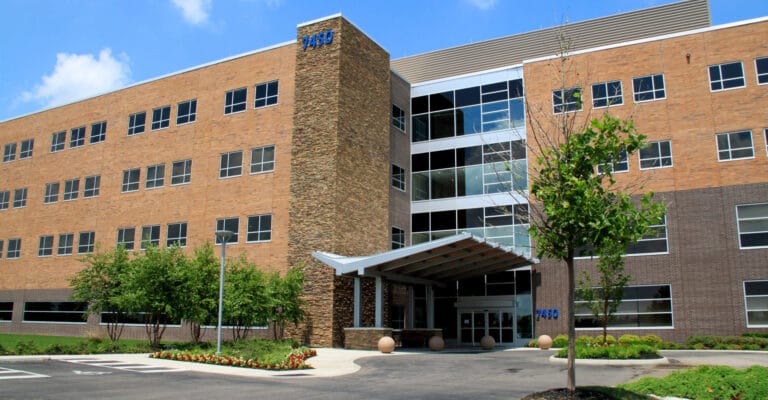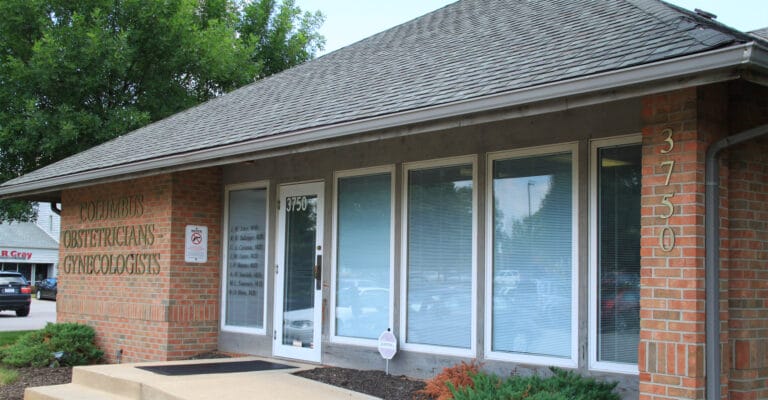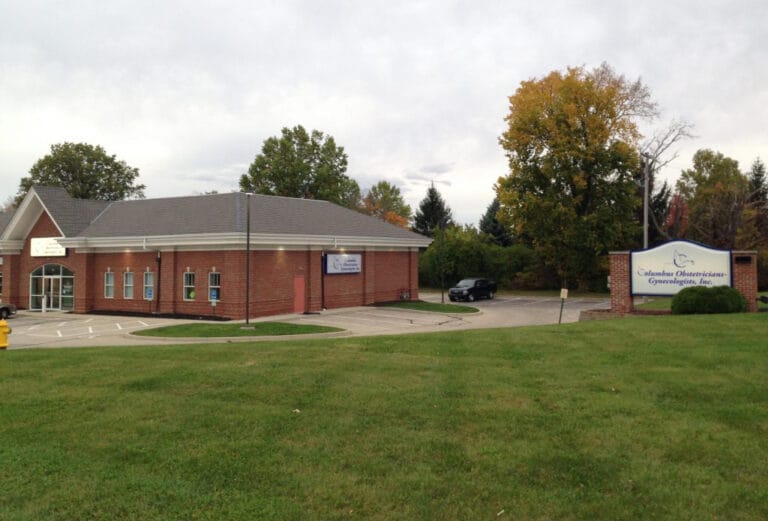A woman’s monthly cycle can greatly affect her mood at different stages during the month. Most of these changes manifest themselves during the days before and during her period. Although often only minor mood swings or other physical symptoms occur, some women experience that can be significant enough to affect their lives. If the symptoms are debilitating, they may be classified as PMS (premenstrual syndrome) or PMDD (premenstrual dysphoric disorder). Because “premenstrual symptom” is a broad term and can apply to many different symptoms, women may have questions about it. This page should offer some answers to these questions and help build your knowledge on menstruation and PMS.
WHAT IS PREMENSTRUAL SYNDROME?
Premenstrual syndrome, or PMS, is a term that applies to the uncomfortable and sometimes debilitating problems that plague some women in the days before their monthly period. Although many women experience at least some mild side effects of PMS, some are serious enough to affect their daily lives. Oftentimes, these changes will most commonly include mood swings, depression, bodily aches, and tiredness. Over 85% of women that menstruate experience some symptoms of PMS, although in order to be considered a medically serious condition, women must exhibit many of the symptoms combined.
It is very common for women to have cravings, experience bloating, develop mild acne, and have minor emotional sensitivity before and during their periods. Some women, however, experience a combination of symptoms so severe that they feel that they cannot go through their daily activities. Women who persistently have these symptoms at the time of their cycles may desire medical intervention in order to function before and during their menses.
WHAT CAUSES PMS?
Every month, your reproductive system goes through a series of changes that allow it to prepare for a potential pregnancy. These changes are monitored and controlled by important hormones called estrogen and progesterone. These hormones send signals to the reproductive organs to prepare for pregnancy, typically on a 28-day cycle, called the menstrual cycle. During day one of your cycles, you will be in the process of menstruation- where the uterine lining is shed through the vagina if an egg is not fertilized. By day five of your cycle, your estrogen and progesterone levels increase, signaling the uterine lining to re-grow, which prepares for a potentially fertilized egg to attach to it. On day fourteen, your ovaries release an egg, which travels into the fallopian tubes to have the chance of being fertilized. If by day 28 the egg is still not fertilized by sperm, the progesterone and estrogen levels will drop, signaling menstruation to begin, and the cycle to restart.
Both progesterone and estrogen can have effects on a woman’s mood. Around day 14 of her cycle, both levels of the hormones will be at their peak, and usually, this increases friendliness and libido. However, before her period, the levels severely decrease significantly, causing moodiness and emotional sensitivity, often coupled with other physical symptoms.
WHAT ARE THE SYMPTOMS OF PMS?
There are many symptoms of PMS that affect women all over. The emotional symptoms are usually the most severe, ranging from small bouts of sadness to more serious mood swings. Some mood symptoms of PMS include:
- Intense emotional sensitivity
- Crying spells
- Mood swings from sadness to anger
- Irritability
- Forgetfulness
- Social Withdrawal
- Depression
- Lack of concentration
Coupled with the emotional symptoms of PMS, women usually also experience physical symptoms. These usually are not as debilitating as the emotional symptoms and include:
- Feeling tired
- Food cravings/appetite changes
- Headaches
- Sore or tender breasts
- Abdominal bloating
- Swelling of the hands or feet
- Muscle aches
- Clumsiness
Although many women experience both types of problems around their period, they usually are not severe enough to need medical attention. Often a woman will only experience two or three of these problems before and during her period.
HOW CAN YOU DIFFERENTIATE BETWEEN PMS AND OTHER EMOTIONAL/MENTAL PROBLEMS?
When being evaluated for PMS by your doctor, he or she will ask you questions directly related to the symptoms, They may ask which symptoms are occurring, their severity, when they begin, and for how long they persist. If your doctor suspects that you do have PMS, he or she will recommend the treatment to manage your symptoms.
Many other problems that are NOT related to PMS share some of the same symptoms. Oftentimes women who think they have PMS may in reality have other medical problems. Some commonly mistaken problems include:
- Depression/Anxiety Disorders: Both PMS and depression/anxiety disorders share many of the same symptoms, such as sadness, mood swings, appetite changes, and social withdrawal. However, unlike PMS, these other disorders do not have times when there are no symptoms. These disorders are mistaken for PMS because their symptoms increase even more during the menstrual cycle. It is also possible to have both PMS and depression/anxiety concurrently.
- Dysmenorrhea: Dysmenorrhea is the condition of having severe menstrual cramps on or near the first day of a period. Unlike PMS, pain is the primary symptom, and begins on the day of your period, whereas PMS is more emotional and starts before your period begins.
- Breast Changes: Oftentimes women experience breast tenderness before their period. However, if the breasts are moderately painful or feel swollen and lumpy throughout the entire month, this is an indication of fibrocystic breast changes, not PMS. You need to see your doctor to evaluate this condition.
- Endometriosis: Endometriosis is the condition of endometrial tissue (uterine lining) growing in places other than the uterus. During menstruation, this tissue can bleed slightly and cause intense pain which is often mistaken for PMS cramps. This can be diagnosed by your physician.
HOW IS SEVERE PMS TREATED?
If your doctor decides that your PMS is severe enough to need treatment, he or she can offer several different choices depending on what you personally need. There are several treatments that do not require medication. Oftentimes, a healthier lifestyle can help with PMS. Daily exercise such as running or hiking can help your ability to handle stress and reduce symptoms. Your doctor may also recommend a daily calcium supplement up to 1,000 milligrams.
If nonmedical treatments don’t work, your doctor can prescribe you medications to help relieve your symptoms. Your doctor may prescribe birth control pills, which can help with symptoms such as breast tenderness, appetite changes, and pain. If emotional symptoms are severe enough, your doctor may prescribe certain mood-altering medications which can help balance your emotions.
IN CONCLUSION
Although menstruation is often an uncomfortable and unwelcome part of a woman’s life, it should not prevent anyone from going through their daily activities. The symptoms are often manageable with treatment’ These treatments can make great improvements to the quality of your life the week before your period. If you believe that you may have PMS, talk to your doctor about your options for treatment and advice on controlling the symptoms.














